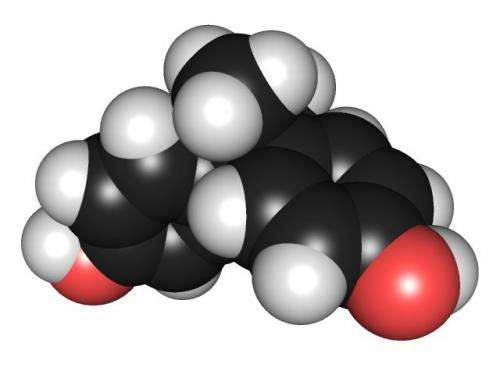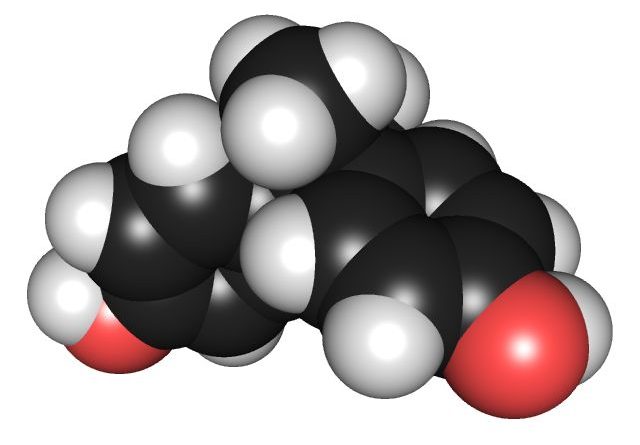Bisphenol A detected in almost all Europeans: report

Bisphenol A (BPA), a hormone-disrupting chemical used in food packaging, is present in almost all Europeans’ bodies, posing a potential health risk, the European Environment Agency said Thursday.
“A recent Horizon 2020 research initiative, HBM4EU, measured chemicals in people’s bodies in Europe and detected BPA in the urine of 92 percent of adult participants from 11 European countries,” the agency wrote in a new report.
The Copenhagen-based EEA said the share of adults exceeding the recommended maximum levels ranged from 71 to 100 percent in the 11 countries studied, referring to levels outlined by the European Food Safety Agency (EFSA) in an April review.
The EFSA at the time drastically reduced the recommended maximum daily intake of BPA allowed for consumers, slashing it by 20,000 times to 0.2 billionths of a gram, down from four millionths of a gram.
BPA, once used to make baby bottles until it was banned in Europe, the US and other nations a decade ago, is still used to make plastic for some food and drink packaging, meaning that most people are potentially exposed to it while consuming food and drink.
Research has suggested it is linked to a range of health disorders linked to hormone disruption, such as breast cancer and infertility.
France is the only country to have entirely banned BPA.
The EU and US have limited its use and have flagged that they plan to reduce it further.
Agencies disagree
But there is disagreement over the tolerable daily amount of BPA that can be consumed over a lifetime without posing a risk to human health.
The European Medicines Agency, which is responsible for approving drugs, has contested the EFSA’s new maximum recommended levels.
Criticizing the EFSA’s methodology it has suggested the body has been too hasty “given that a causal link has not been demonstrated in a study in animals or humans”.
The EEA has nonetheless concluded that people’s exposure to BPA “is well above acceptable health safety levels, according to updated research data.”
“This poses a potential health risk to millions of people,” it said.
Levels of Bisphenol A, S and F were measured in the urine of 2,756 people in the 11 countries between 2014 and 2020.
The countries were Croatia, Czech Republic, Denmark, France, Finland, Germany, Iceland, Luxembourg, Poland, Portugal and Switzerland.
Levels were lowest in Switzerland, where they exceeded the new maximum recommended levels in 71 percent of people studied, while they were exceeded in 100 percent of people in France, Luxembourg and Portugal, the EEA said.
“The reported exceedances are minimum numbers. The probability exists that actually, all 11 countries have exceedance rates of 100 percent exposed above safe levels,” it concluded.
© 2023 AFP
Source: Read Full Article
